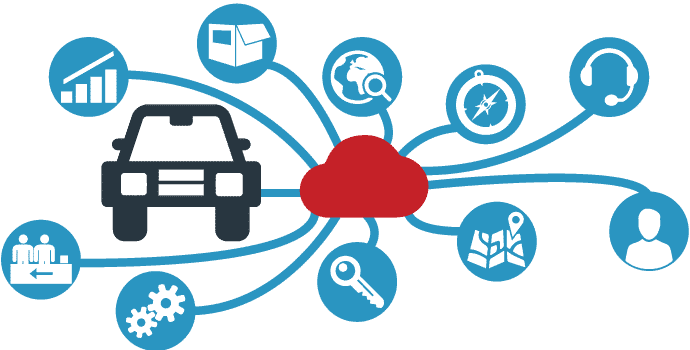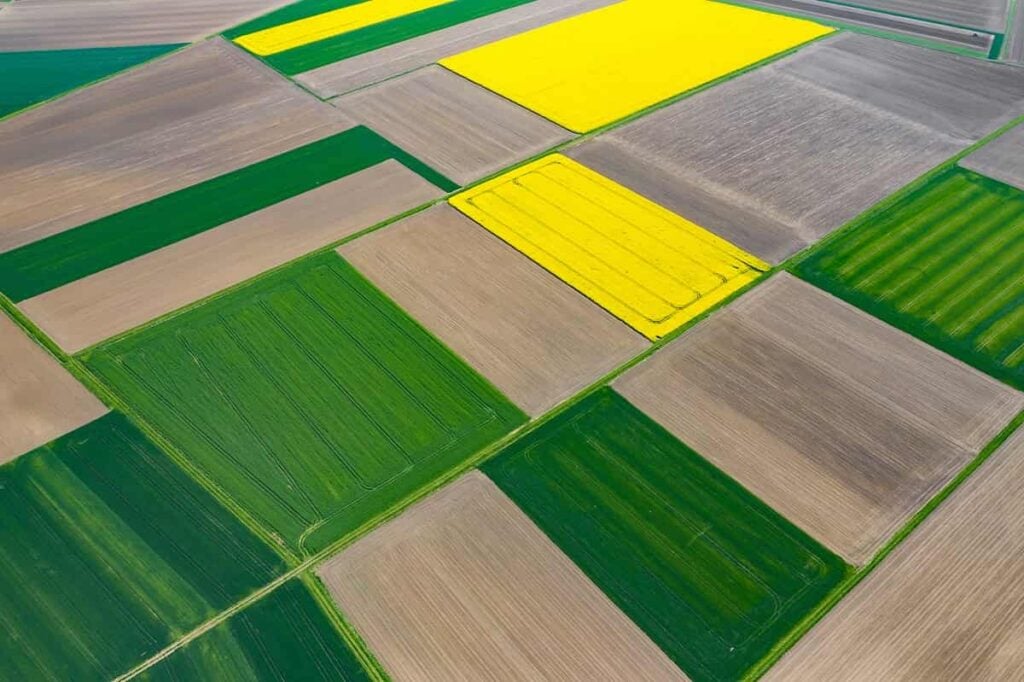What is a Digital Twin and Why Should You Care?
Table of contents

Like ourselves, many tech executives out there are desperately trying to stay on top of their tech game as all those undergrad technology classes are now becoming obsolete. As most CTOs have figured out by now, it’s merely important that you appear to be on top of your game, not that you actually are. People are too busy worrying about their own game to pay much attention to what you’re actually saying. That’s why we like to equip you with easy-to-remember terminology, or cool things to draw on whiteboards like this equation:
The next time you’re in a board meeting trying to justify the exorbitant bonus you’re hoping to get at year-end, one thing you might consider talking about is the importance of creating “digital twins.” While the concept of a digital twin has been around since the beginning of this century, it’s only now becoming feasible because of the Internet of Things (IoT) and was consequently named one of Gartner’s Top 10 Strategic Technology Trends for 2017. Here’s a diagram by Gartner which you can use on your PowerPoint presentation to confuse people:

Then, we’ll provide you with a layman’s explanation of what a digital twin is so that you can explain it to everyone like the tech guru that you are.
What is a Digital Twin?
A digital twin is a real-time representation of physical assets in a digital world. It’s a software model of physical things or systems composed of physical things. Think of it as a real-time CAD program on steroids, and Gartner predicts that “within three to five years, billions of things will be represented by digital twins.”

Sounds like we’re going down the road of creating a simulation of the real world, something that Elon Musk already thinks is a simulation. Before we go thinking about simulations nested inside of other simulations, let’s look at some real simple examples of digital twins starting with your car.

Many people have now connected their cars to the cloud, and there is now a digital simulation of your car with useful information like fuel consumption, mileage, part replacement logs, and location. When you go for a tryst with your mistress, but you tell your wife you’re at the office, she might whip out her smartphone to see the actual location of your Toyota Prius, and realize that in fact, your car’s digital twin isn’t at the office, but in a Marriott parking lot. Of course, you can just tell her that the GPS made a mistake. And it certainly might have, because that’s the first reason why we haven’t been able to implement digital twins yet. We haven’t been able to accurately measure position, especially indoors.
Microlocation and Digital Twins
These days, we all use GPS without even giving it a second thought, and it’s not uncommon to experience a little bit of anxiety when the “location dot” is grey instead of blue. At times, the location dot will even show an incorrect location for whatever reason, and these occasional glitches are just accepted as part and parcel of the GPS package. However, accuracy is becoming increasingly important as companies like What3Words begin building business models around GPS coordinates. At some point though, we may want to increase the granularity of GPS. It’s something the Chinese are working on as they are building their own satellite tracking system which is 10X more accurate than GPS and accurate to within millimeters (for you Yanks out there, 1 millimeter is equal to 0.039 inches).
In the meantime, applications like warehouse robotics demand that we have solutions today that can measure accuracy down to mere fractions of an inch. Let’s now extend the concept of a digital twin to something more complex, like a warehouse. Our next company is working on microlocation technology that makes it possible to create a digital twin from a warehouse floor.
Indoor Positioning with Extreme Accuracy
Founded in 2015, Massachusetts startup Humatics has taken in just over $50 million in funding so far from investors that included United Rentals to build a “Spatial Intelligence Platform that will revolutionize how people and machines locate, navigate and collaborate in the connected world.” More than half of their funding came in the form of a $28 million Series Round that closed last week, and that might be to help replenish their war chest which was used to acquire a company called 5D Robotics early last year. It’s always useful to try and scour the Internet for as much information as you can about a company that’s been acquired before they oftentimes disappear behind the curtain for good.
Ultra Wideband for Indoor Positioning
Founded in 2009, 5D Robotics took a seed funding round of $5.5 million in 2016 from investors that included Lockheed Martin and Airbus. The money was being used to enable robots with “rapid, reactive, biologically inspired behavioral responses” such that they can interact with people, objects, and other robots in a safe manner. That’s according to a press release by Alantra about the acquisition which said 5D Robotics has “over 100 patents in Ultra-WideBand (UWB) positioning, radar and autonomy.” If you want to learn more about UWB, there’s an entire paper dedicated to the topic which talks about how “UWB is an emerging technology in the field of indoor positioning” that performs much better than previous technologies. Indoor positioning is particularly challenging because various objects can disrupt the signals in much the same way your blue GPS dot doesn’t show the correct location sometimes. Humatics has solved the problem with beacons like this one:

The above beacon is able to track moving objects in 3D with an accuracy down to three-quarters of an inch at distances of up to 500 yards. An entire constellation of these beacons working in a single environment is referred to as a “microlocation system” and the entire operation can be viewed through any Internet browser. We now have the beginnings of a complete digital twin for your warehouse. The company is now building an entire suite of products that they say will enable the creation of digital twins for all kinds of applications.

Conclusion
Applications for this type of technology extend well beyond the ability for robots to walk around without bumping into each other. Vehicle tracking, tool tracking, crane positioning, drone navigation, and rail signaling are all applications that can benefit from having an indoor positioning system with extreme levels of accuracy. Thanks to emerging technologies like UWB, your factories will soon have their own digital twins. Each factory itself will become a single robot, which will then start interacting with and learning from other factories. IoT at scale, Industry 4.0, a digital twin, a flexible factory, call it what you will, it’s pretty obvious that tomorrow’s factories are going to become their own holistic systems that can then provide additional insights and big data, driving more efficiencies than we can possibly imagine.
Sign up to our newsletter to get more of our great research delivered straight to your inbox!
Nanalyze Weekly includes useful insights written by our team of underpaid MBAs, research on new disruptive technology stocks flying under the radar, and summaries of our recent research. Always 100% free.














